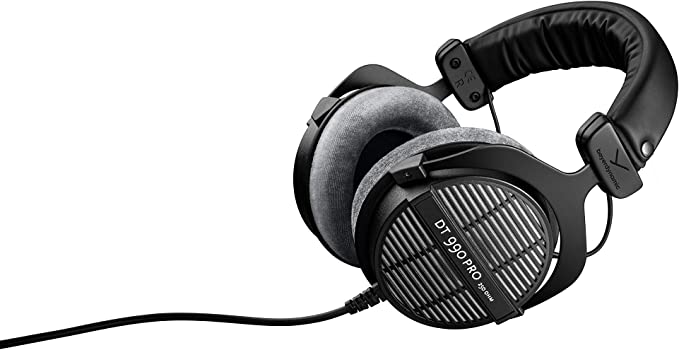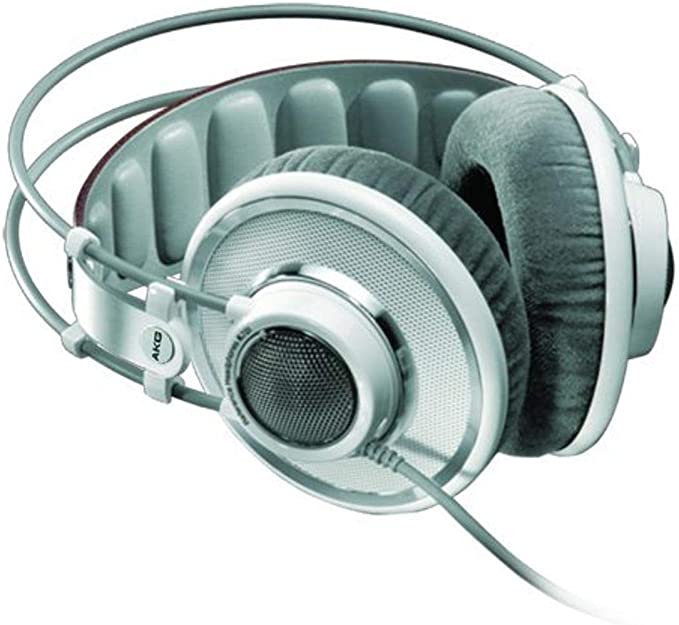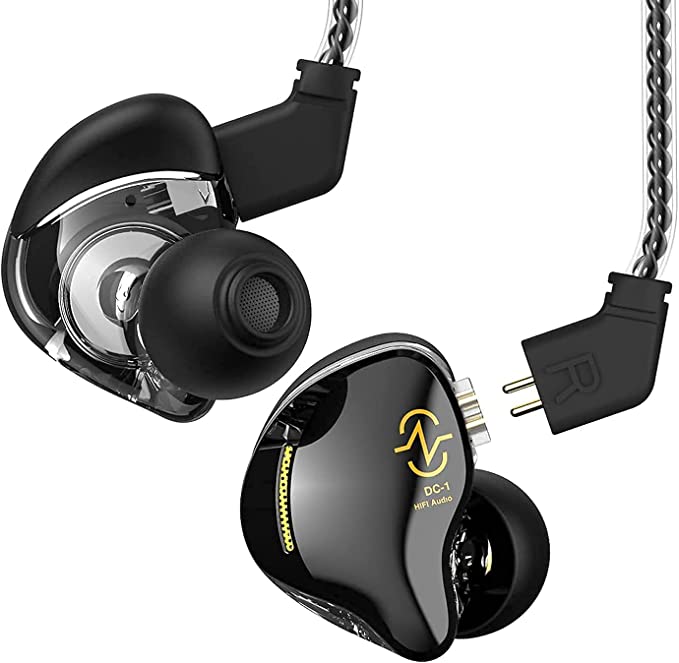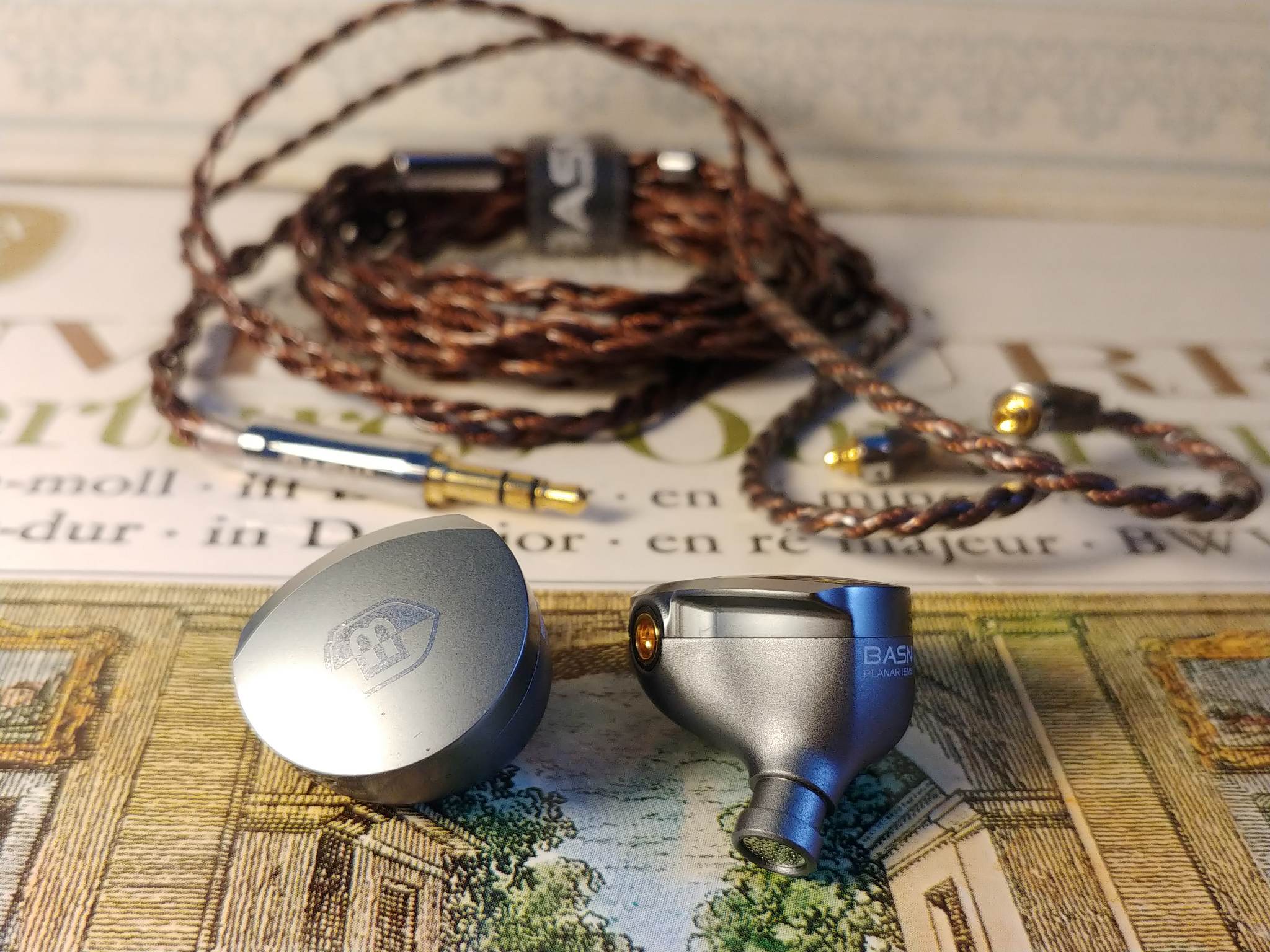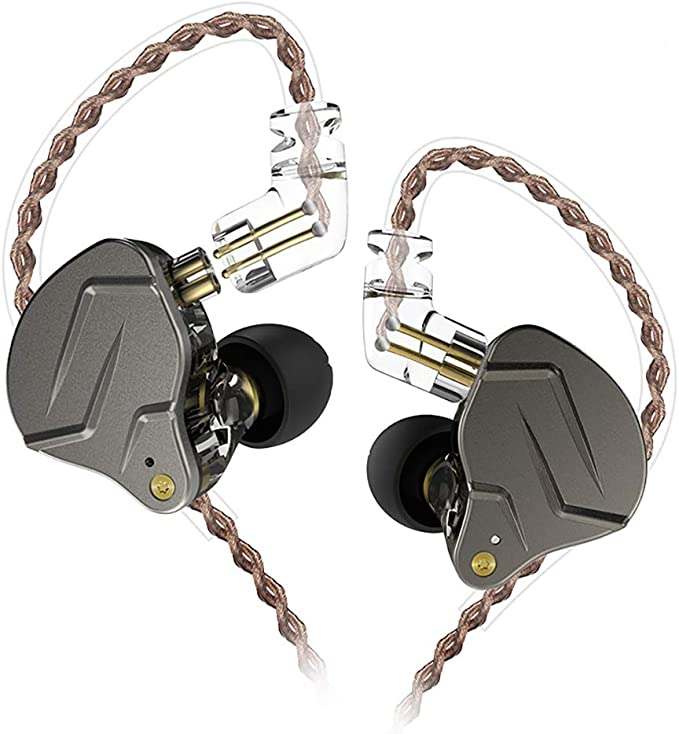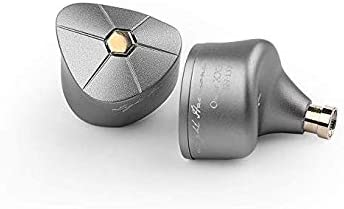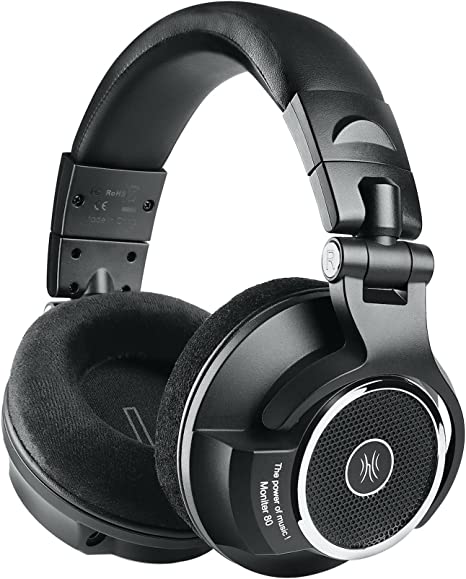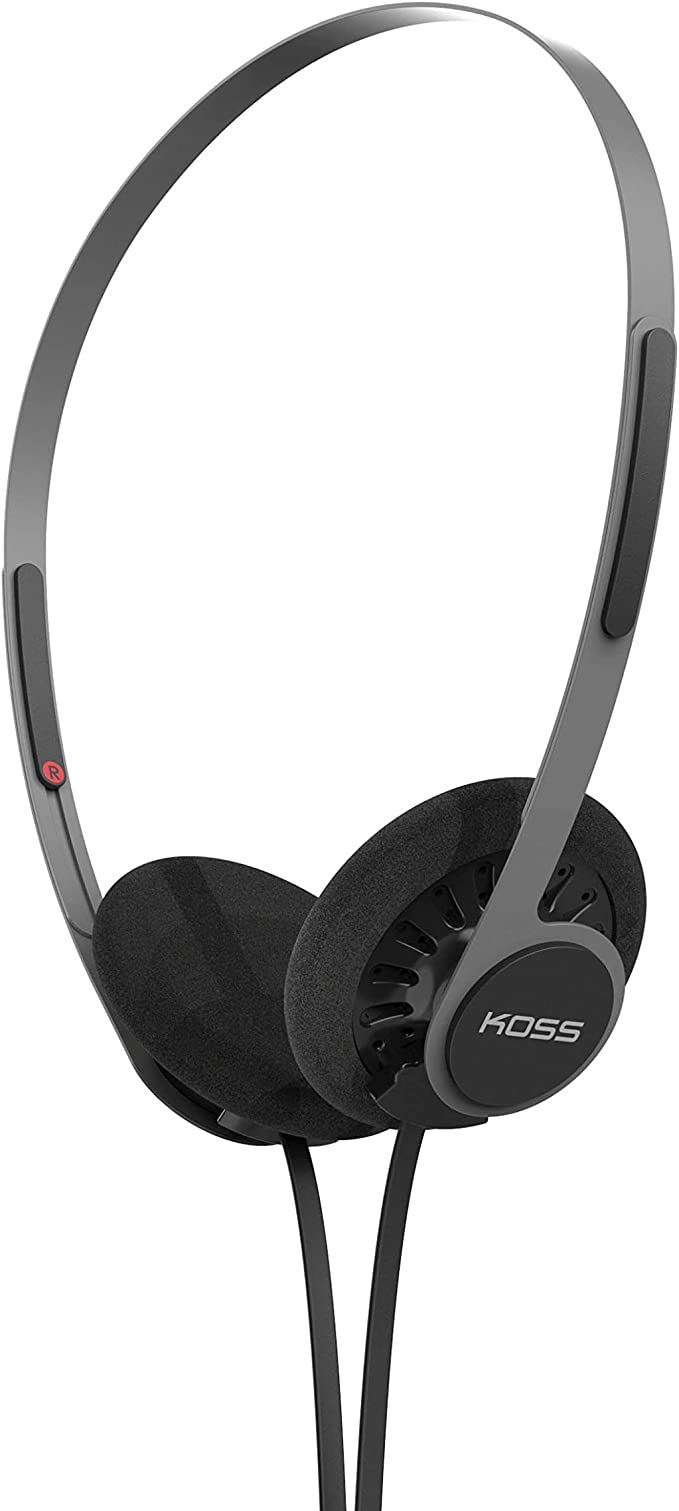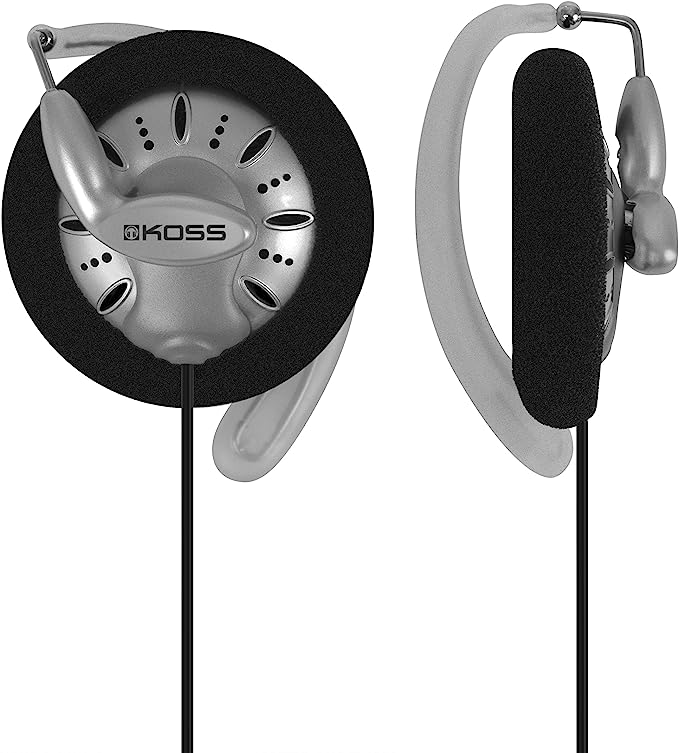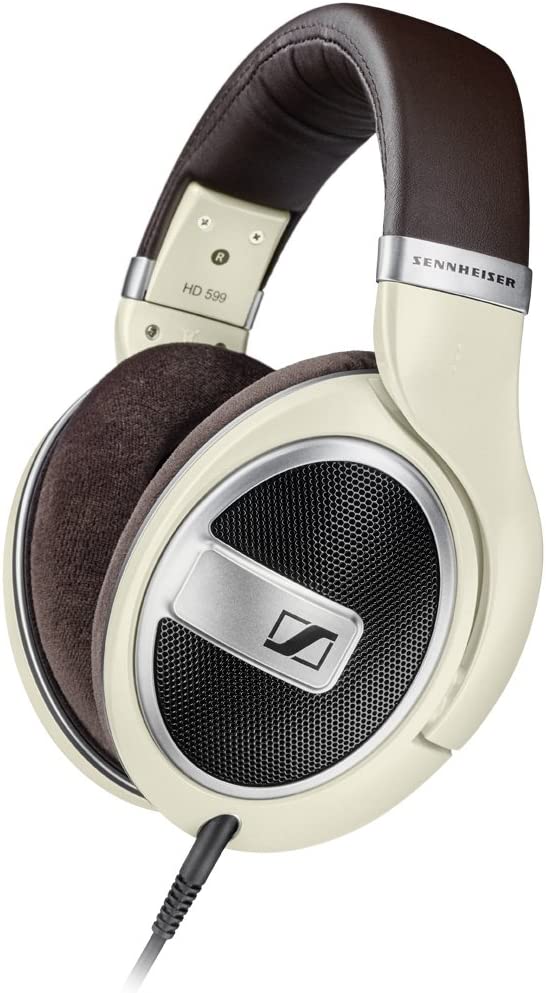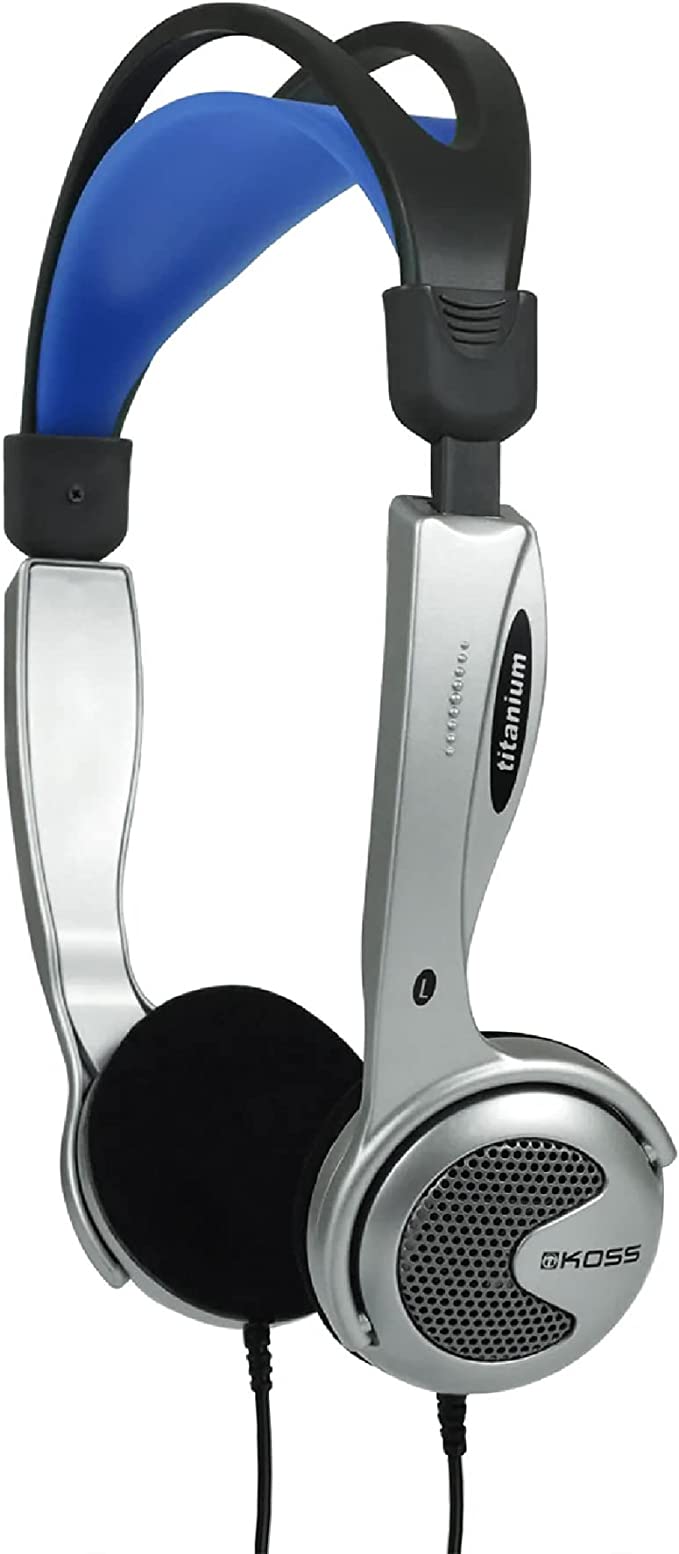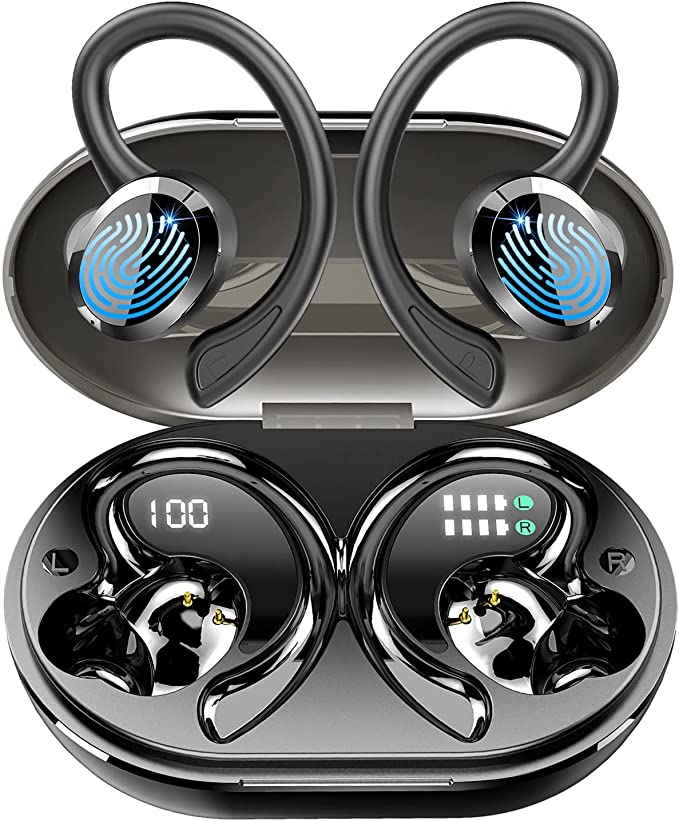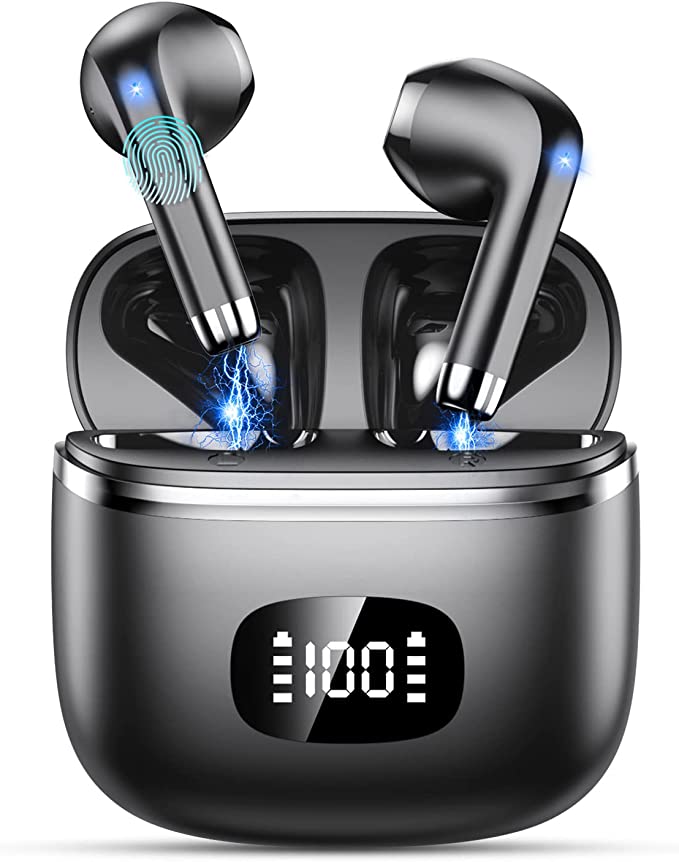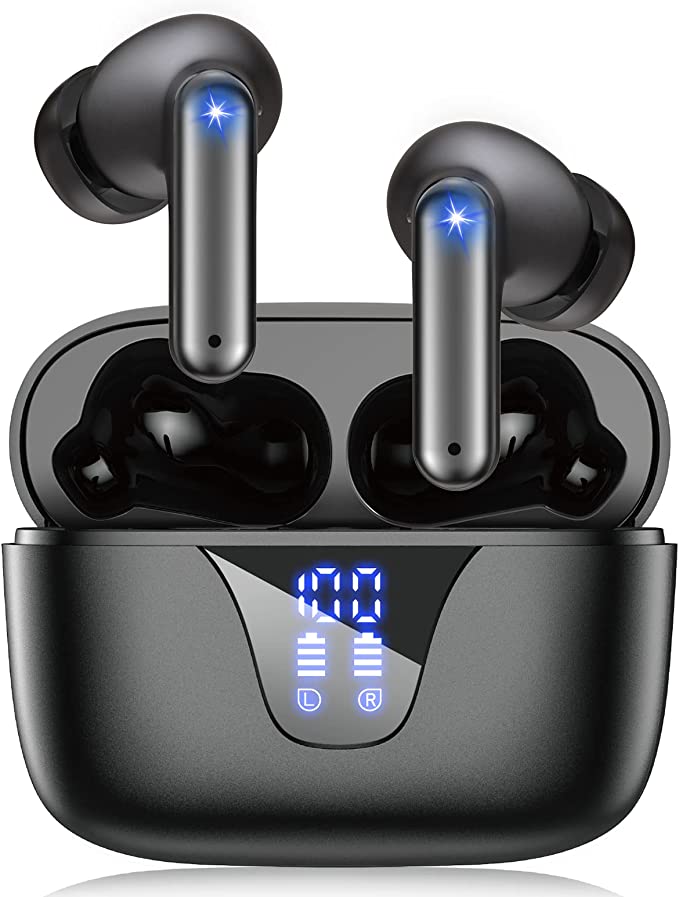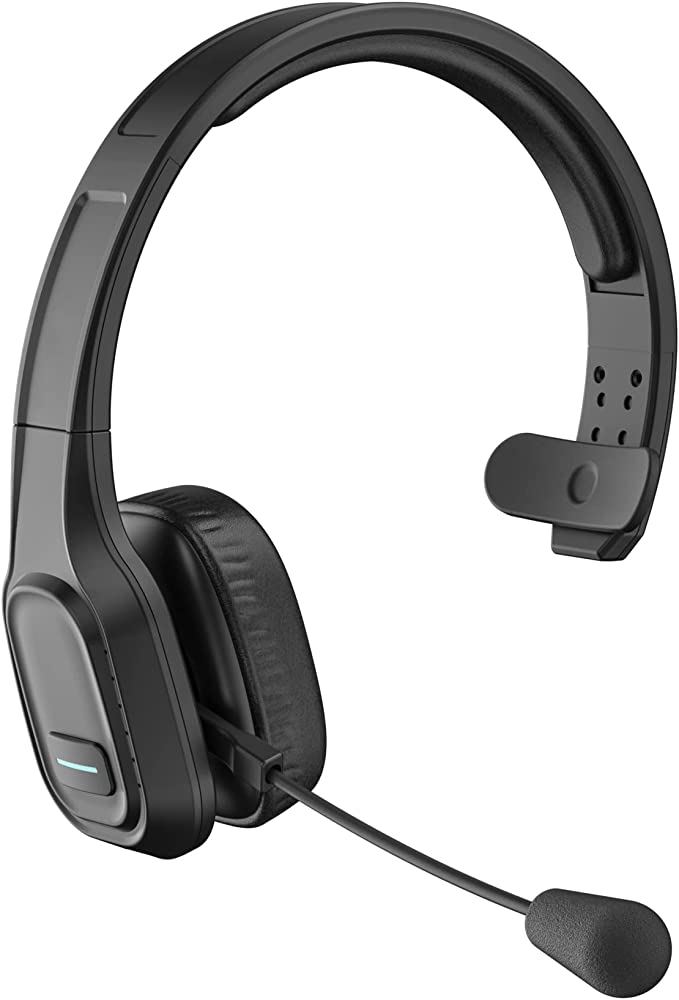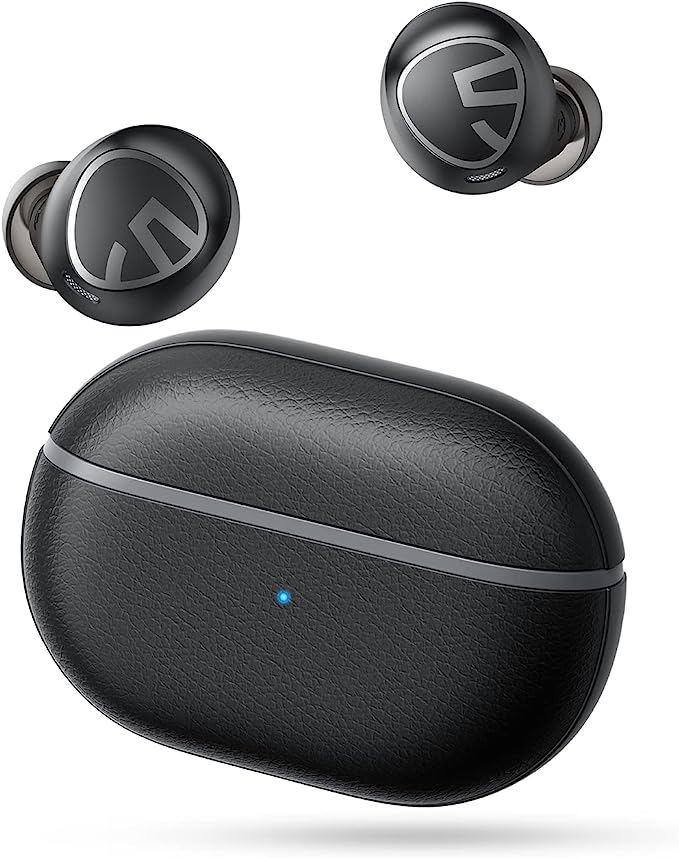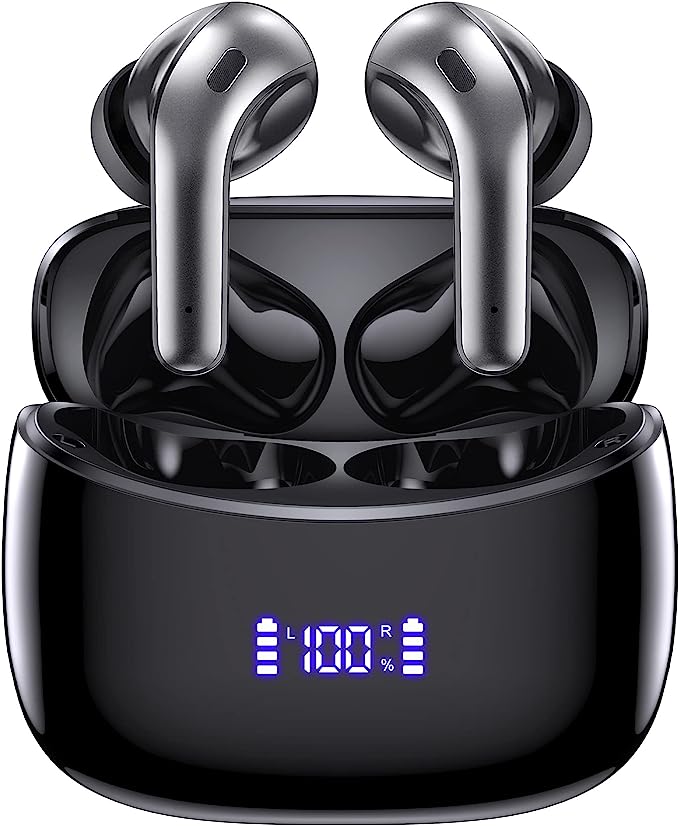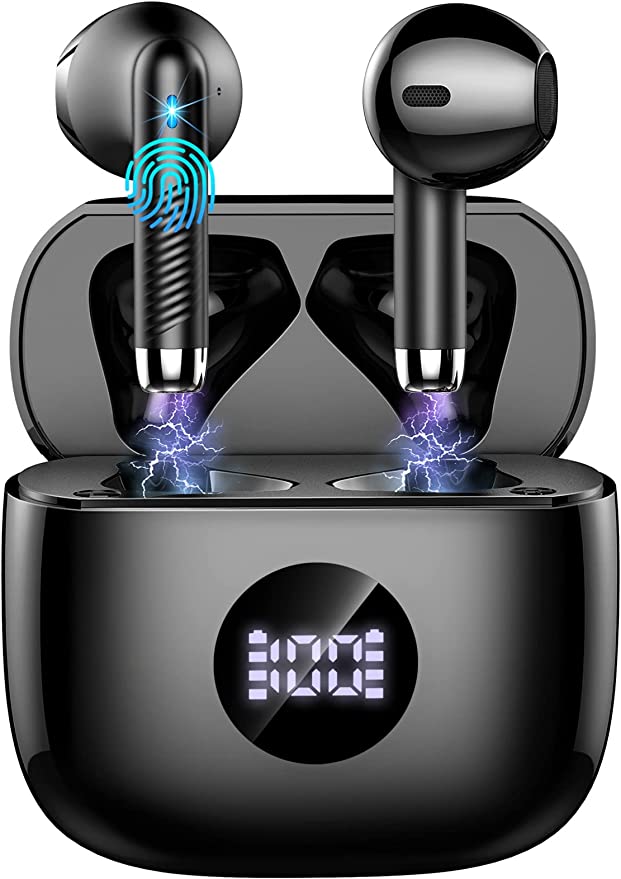Unveiling the Magic: Sennheiser HD 600 and the Science of Open-Back Headphones
Update on Feb. 17, 2025, 3:08 p.m.
For many dedicated music listeners, the pursuit of perfect sound reproduction is a lifelong journey. It’s a quest for a listening experience that transcends the limitations of typical headphones and transports you, as if by magic, to the heart of the performance. This is where the world of open-back headphones unfolds, offering a level of sonic transparency and realism that’s hard to match. And sitting atop this world, like a seasoned maestro, is the Sennheiser HD 600.

Closed vs. Open: A Tale of Two Worlds
To understand the magic of open-back headphones, it’s helpful to first consider their more common counterpart: closed-back headphones. Think of closed-back headphones as creating a sealed chamber around your ears. This design is excellent for isolating you from external noise and preventing sound leakage – perfect for a crowded commute or a noisy office. However, this very isolation comes at a cost. The sound waves generated by the headphone drivers bounce around inside the sealed enclosure, creating resonances – certain frequencies are amplified, while others are diminished. This can lead to a “boxy” or “congested” sound, and a somewhat constrained soundstage.
Open-back headphones, as their name boldly declares, take a different approach. Instead of sealing the earcups, they feature grilles or openings that allow air and sound to flow freely. This seemingly simple change has profound consequences for the listening experience. It’s like the difference between hearing a concert in a small, enclosed room versus an open-air amphitheater.
Unlocking the Soundstage: The Physics of Freedom
One of the most immediate and striking differences you’ll notice with open-back headphones is the expanded soundstage. “Soundstage” refers to the perceived width, depth, and height of the sonic image. It’s the sense of space and the placement of instruments within that space. Closed-back headphones, with their internal reflections, tend to create a more confined soundstage, often described as being “inside your head.”
Open-back headphones, on the other hand, allow sound waves to dissipate naturally into the surrounding environment. This minimizes those unwanted reflections and allows the soundstage to blossom. You’ll experience a wider, more spacious presentation, with instruments seemingly positioned more realistically in space. The “imaging” – the ability to pinpoint the location of individual sound sources – also becomes remarkably precise.
Chasing Clarity: The Transient Response Story
Another key advantage of open-back designs lies in their superior transient response. Transients are the sudden, short-lived bursts of sound that give music its dynamic energy – the sharp attack of a snare drum, the pluck of a guitar string, the initial breath of a vocalist. A headphone’s ability to accurately reproduce these transients is crucial for a lifelike and engaging listening experience.
Because open-back headphones don’t trap sound waves, they tend to have a faster, cleaner transient response. The drivers can react more quickly to changes in the audio signal, without the “smearing” effect that can sometimes occur in closed-back designs. This results in a more detailed and articulate sound, with greater clarity and precision.

The Frequency Frontier: Striving for Naturalism
Audiophiles often talk about a “neutral” or “flat” frequency response. This refers to a headphone that reproduces all frequencies equally, without artificially boosting or cutting any particular range. The goal is to hear the music as it was originally recorded, without any added coloration.
While perfect neutrality is an elusive ideal, open-back headphones often come closer to achieving it than their closed-back counterparts. The reduced resonance in open-back designs helps to smooth out the frequency response, resulting in a more natural and balanced sound signature.

A Legend is Born: The Sennheiser HD 600
Enter the Sennheiser HD 600. Released in 1997, these headphones quickly gained a reputation as a benchmark for audiophile-grade sound. More than two decades later, they remain a beloved and highly respected choice among discerning listeners and audio professionals. The HD 600 is a testament to the enduring power of sound engineering principles, meticulously applied.
Under the Hood: Deconstructing the HD 600’s Magic
So, what makes the HD 600 so special? Let’s delve into the specific design elements that contribute to its legendary sound:
-
Lightweight Aluminum Voice Coils: The voice coil is the heart of a headphone driver, responsible for converting electrical signals into sound waves. The HD 600 uses voice coils made from lightweight aluminum. This low mass allows the coils to move incredibly quickly and precisely, contributing to the headphone’s outstanding transient response. Think of it like a sports car with a powerful, lightweight engine – it can accelerate and decelerate with exceptional agility.
-
Neodymium Ferrous Magnets: These powerful magnets create a strong magnetic field that interacts with the voice coil, driving the diaphragm to produce sound. The HD 600’s magnets are optimized for both sensitivity (how efficiently the headphones convert power into sound) and dynamic response (the ability to handle both quiet and loud passages without distortion).
-
Computer-Optimized Magnet Systems: Sennheiser didn’t just slap some magnets into the HD 600 and call it a day. They used sophisticated computer modeling to optimize the magnet system, minimizing harmonic and intermodulation distortion. These types of distortion can muddy the sound and obscure fine details. The HD 600’s low distortion contributes to its remarkable clarity and transparency.
-
Acoustic Silk for Controlled Airflow: The HD 600 uses a specialized acoustic silk material to control the airflow around the driver. This carefully engineered damping helps to further reduce resonance and ensure a smooth, natural frequency response. It’s like carefully tuning the acoustics of a concert hall to achieve the perfect balance of reverberation and clarity.
-
Open Metal Mesh Grilles: These grilles are not just for show. They are designed to be acoustically transparent, allowing sound waves to pass through with minimal obstruction. This is crucial for achieving the wide-open soundstage and natural sound that the HD 600 is known for.
Timeless Design: The HD 600’s Enduring Legacy
The HD 600’s impact on the headphone world extends beyond its sonic performance. Its design, while understated, has become iconic. The comfortable velour earpads, the adjustable headband, and the durable construction have all contributed to its longevity. It’s a headphone built to last, both sonically and physically. The HD 600 has influenced countless other headphone designs and continues to be a reference point for audiophile sound quality.

The Impedance Equation: Amps and the HD 600
One aspect of the HD 600 that often sparks discussion is its impedance: 300 ohms. Impedance is a measure of electrical resistance, and it affects how much power a headphone needs to be driven properly. The HD 600’s relatively high impedance means it benefits from a dedicated headphone amplifier. While it can be used with portable devices, a good amplifier will unlock its full potential, providing greater headroom, dynamics, and overall control.
Open-Back Headphones: A Listening Experience, Not a Universal Solution
It’s important to acknowledge that open-back headphones are not a one-size-fits-all solution. Their very openness, which is the source of their sonic magic, also means they leak sound. This makes them unsuitable for noisy environments or situations where you need to maintain privacy. They are best enjoyed in quiet spaces, where you can fully immerse yourself in the music without distractions.
Embracing Transparency: The Sound of Sennheiser’s HD 600
The Sennheiser HD 600 is more than just a pair of headphones; it’s an invitation to experience music in its purest form. It’s a tool for rediscovering your favorite recordings, revealing nuances and details you may have never heard before. It’s a testament to the power of thoughtful engineering and a commitment to sonic excellence. If you value natural sound, a spacious soundstage, and exceptional clarity, the HD 600 is a journey worth taking. It’s a chance to step closer to the music and connect with it on a deeper level.


